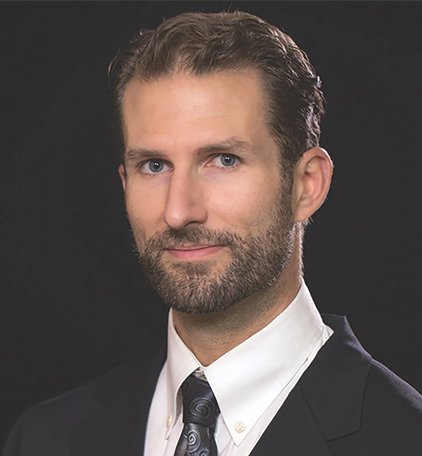
Oculofacial Plastic Surgery, or oculoplastic surgery, includes a wide variety of surgical procedures that deal with the orbit (eye socket), eyelids, tear ducts and the face. It also deals with the reconstruction of the eyelids and associated structures. The eyelids and structures around the eyes are critical for vision. Injuries, congenital defects, aging changes, and tumors can cause pain, eye damage, vision loss, and disfigurement. Changes in the eye’s appearance can decrease one’s ability to interact in social settings and in the workplace.
Contact the Black Hills Regional Eye Institute at 605-719-3146 to schedule an evaluation.
Blepharoplasty/Eyelid Surgery is a surgery to remove excess skin on the upper or lower eyelid area. If the excess skin obstructs vision, blepharoplasty may improve the visual field obstruction and provide a more youthful and alert appearance
Blepharospasms affect the eye muscles and usually result in excessive blinking and irritation of the eye.
Ectropion occurs when the eyelid turns out and exposes the inner surface. It usually affects the lower lid and can cause dry, painful eyes.
Entropion is the opposite of ectropion and results in the lower lid turning inward. This causes the eyelashes to scratch the surface of the eye and causes discomfort.
Enucleation is the surgical removal of the eye and is done only when there is no other choice. Anyone undergoing enucleation of their eye will require an artificial eye.
Evisceration is the surgical removal of the contents of the eye, leaving the white part of the eye (the sclera) and the eye muscles intact.
Dacryocystorhinostomy (DCR) is a procedure that restores tear flow into the nose from the lacrimal sac when a duct becomes blocked. DCR commonly causes watering of the eye, discharge of mucus, irritation, and eyelid swelling.
Graves Disease is an autoimmune disorder that leads to overactivity of the thyroid gland. Graves’s disease can cause eyeballs to bulge out and can cause eye irritation and tearing.
Ptosis is better known as a droopy eyelid. When the muscle responsible for raising the eyelid is weak or damaged, it can cause ptosis.
Skin cancer can also occur on the face and around the eyes. Mohs surgery is a minor procedure used to remove skin cancers located in these areas.
Orbital Decompression Surgery is usually done for patients with Thyroid Eye Disease. This surgery creates more space in the orbit to allow the eye to return to its normal position.
